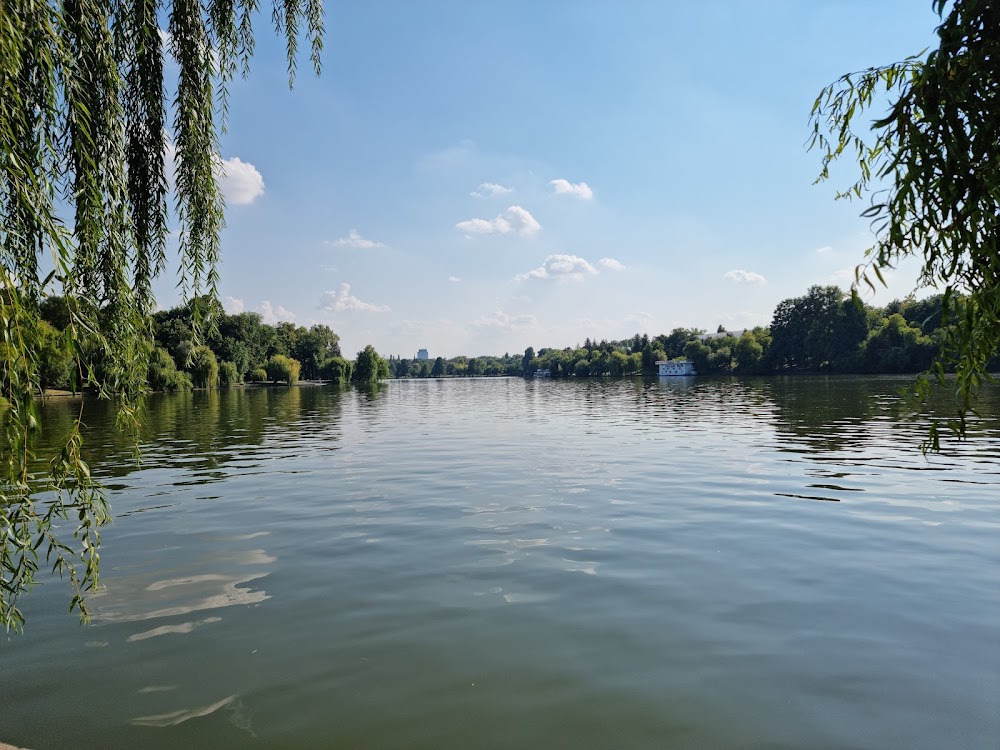Carol Park (Parcul Carol)
Overview
Overview of Carol I Park
Carol I Park, also known simply as Carol Park, is a stunning and historic public park nestled in the heart of Bucharest, Romania's vibrant capital. Named in honor of Carol I, Romania's first king, this park is a cherished green space that beautifully blends nature with cultural significance.
Historical Background
The park was conceived in the early 20th century during a period of remarkable modernization in Bucharest. In 1900, then-mayor Vintilă Brătianu envisioned a grand public space that would serve as both a recreational area and a cultural landmark for the city's residents. The goal was to create a green oasis where the people of Bucharest could unwind and engage in outdoor activities.
Design and Construction
French landscape architect Édouard Redont was entrusted with the park's design, renowned for his skill in harmonizing natural landscapes with artistic elements. Construction began shortly after his plans were finalized, and Carol Park officially opened to the public in 1906, coinciding with the 40th anniversary of King Carol I's reign.
Redont's meticulous design features rolling hills, meandering pathways, and serene water elements, all thoughtfully integrated to create a tranquil environment. The park boasts lush lawns, vibrant flower beds, and diverse clusters of trees, many of which were imported from various regions, including some rare species.
Major Attractions
A striking aspect of Carol Park is the grand Axis that runs through it, masterfully designed to frame the park's numerous monuments and structures. Along this central pathway, visitors will discover key attractions, including the Arenele Romane, an elegant neo-classical open-air concert venue that has hosted countless cultural events throughout the years.
Among the park's most significant landmarks is the Tomb of the Unknown Soldier, originally constructed to honor Romanian soldiers who fell during World War I. This solemn monument was relocated to Carol Park and has become a central site for national remembrance ceremonies, featuring a majestic stairway and an eternal flame that symbolizes the sacrifices made for the country.
The Cantacuzino Fountain, completed in 1906 and funded by the prominent Romanian politician Gheorghe Grigore Cantacuzino, is another highlight. Adorned with intricate stone carvings and a picturesque central basin, the fountain has become a beloved gathering spot for locals and tourists alike.
Historical Evolution
Over the years, Carol Park has experienced various changes while preserving its historical essence. During the communist regime, the park was temporarily renamed Liberty Park, and significant monuments, including the Mausoleum of communist leaders, were added. However, following the fall of communism, the park reclaimed its original name and much of its former charm.
Adding to its cultural significance, a statue of the esteemed Romanian poet George Coșbuc stands proudly within the park, reminding visitors of Romania's rich literary heritage. Erected in the early 20th century, the statue enhances the park's artistic atmosphere.
Modern-Day Carol Park
Today, Carol Park remains a beloved destination for locals and visitors alike. It's a popular spot for joggers, families, tourists, and history enthusiasts who come to enjoy its peaceful ambiance and scenic beauty. Seasonal flower displays, well-maintained sports facilities, and a variety of cultural events ensure that there is something for everyone.
Whether you're taking a leisurely stroll along its winding paths, enjoying a picnic on the verdant lawns, or reflecting at one of its many historical monuments, Carol Park offers an enchanting glimpse into Bucharest's past while serving as a treasured space for contemporary citizens.







